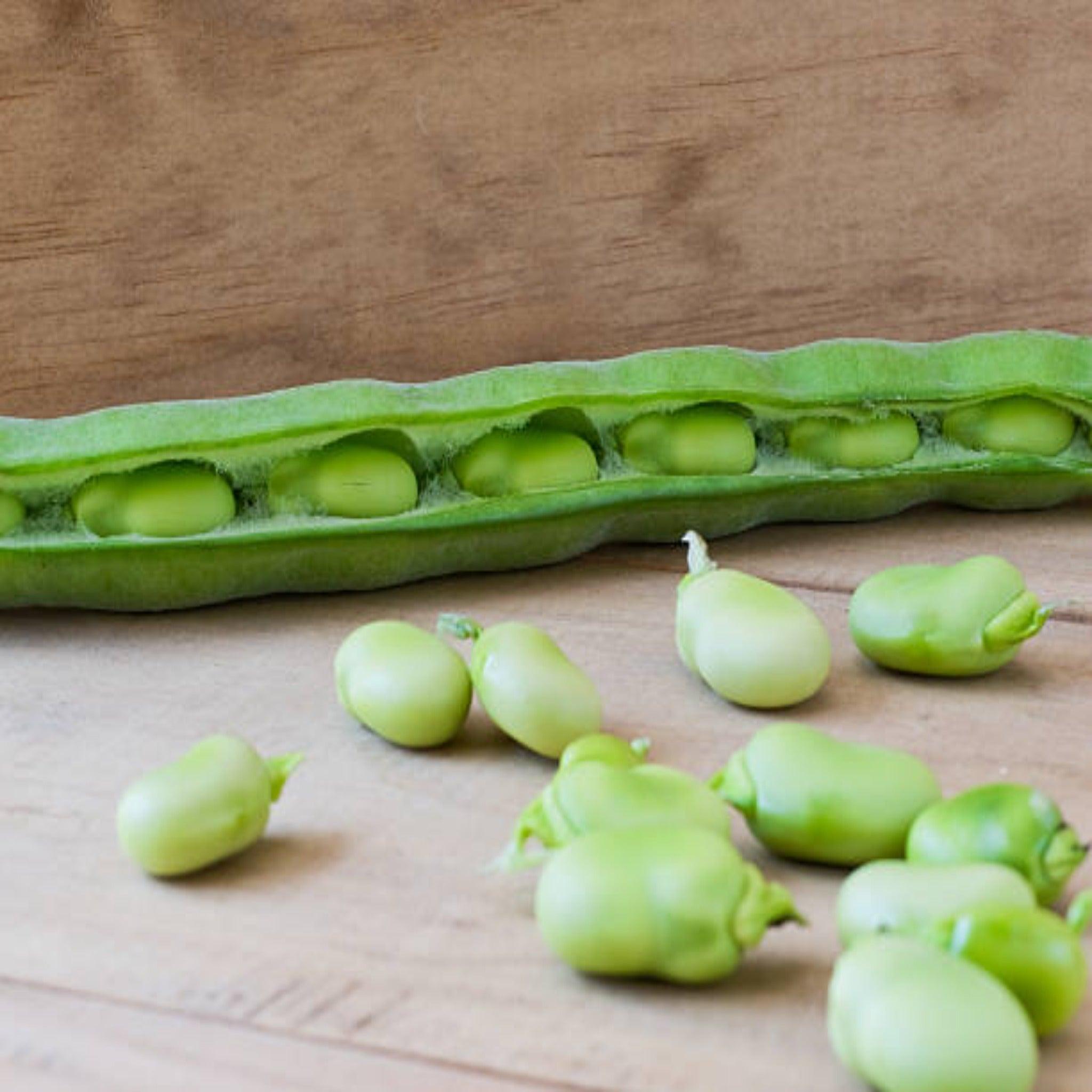
Fordhook Lima Bush Bean- Heirloom, Non GMO Seeds
Who has childhood memories of Lima Beans? Fordhook lima beans, also known as butterbeans, are one of the best large lima beans available. With easy to shell pods these beans are perfect for cooking, freezing or canning. The beans can also be dried for winter storage. One note about Lima beans, they should not be eaten raw. They contain linamarin, which releases a cyanide compound when the seed is opened; however, cooking deactivates this compound.
Choose options

Fordhook Lima Bush Bean- Heirloom, Non GMO Seeds
Sale price$2.50
